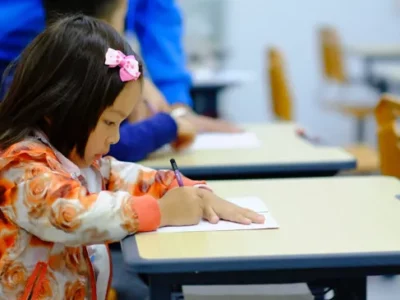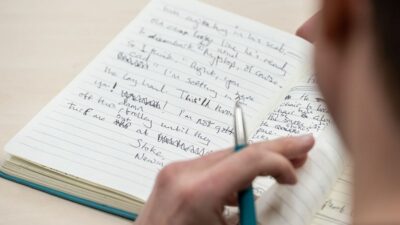Dyslexia is a special type of learning disability that causes otherwise intelligent individuals to have problems reading the written language. The disorder affects between two and five percent of the population and about half of all students classified as learning disabled. The cause of dyslexia has yet to be found. No cure is currently known, and the condition persists into adulthood.
Fortunately for parents, lots of help and support are available. Special Ed Resource offers dyslexia tutoring online based on research and the characteristics of dyslexia.
Characteristics Of Dyslexia
Several different types of learning disabilities exist. Care must be taken to differentiate dyslexia from other types of learning disabilities when providing for remediation. Researchers and educators have introduced many remediation approaches.
Dyslexia first caught the attention of researchers Dejerine (1882) and Bastian (1898). They identified several congenital (at birth) neurological problems that laid the groundwork for later research. The differences noticed between the various problems have helped experts to identify three sub-types of dyslexia:
- visual dis-phonetic (eyes, vision)
- auditory linguistic dis-phonetic (hearing, language)
- a mixed type with symptoms from both
Some individuals have reading problems because of external eye muscle disorders that are deemed to be dyslexic, but this is the exception, not the rule.
What is it Like to be Dyslexic?
Victims report that they have trouble breaking up words into sounds. Parts of words do not seem to fit together right. They have to hear the word spoken first. They don’t see “words backward” but often make certain letter and number reversals such as 6 and 9, b and d.
Early Symptoms Of Dyslexia
Even though your child may not be reading yet, they may display the following symptoms at age three or earlier.
- delays in speech and language development
- difficulty with time and space concepts
- easily distractable
- memory problems
- difficulty copying words
- difficulty with spelling, writing, reading, and math
- hyperactivity
- disorganized
Teaching Strategies for Dyslexia
At Special Ed Resource, we endorse fun reading activities like the following to address common dyslexic symptoms.
Rhyming Storytime
Rhyming helps dyslexic students become aware of phonemes and make the connection between letters and sounds. Read a picture book with lots of rhymes to your child. Name the rhyming words and then help brainstorm for more words that rhyme with the pair.
Magnetic Words
Tactile activities benefit dyslexic students. Give your child a magnetic board and magnetic letters and call out simple words for them to build with the magnets. This will help them reference different letters both visually and tactilely. For another version of this activity, provide a tray with sand and have the child trace the letters in the sand.
Letter Art
Children learning letter recognition will benefit by making their own visual aids. Assign them a letter to paint or draw. Encourage them to be creative. Older students who know their letters can illustrate vocabulary words.
Summary
Although dyslexia is a life-long condition, students can experience success academically. At Special Ed Resource, we provide help and support through online tutoring, parent advocacy, and homeschooling assistance. Call today for a consultation.










